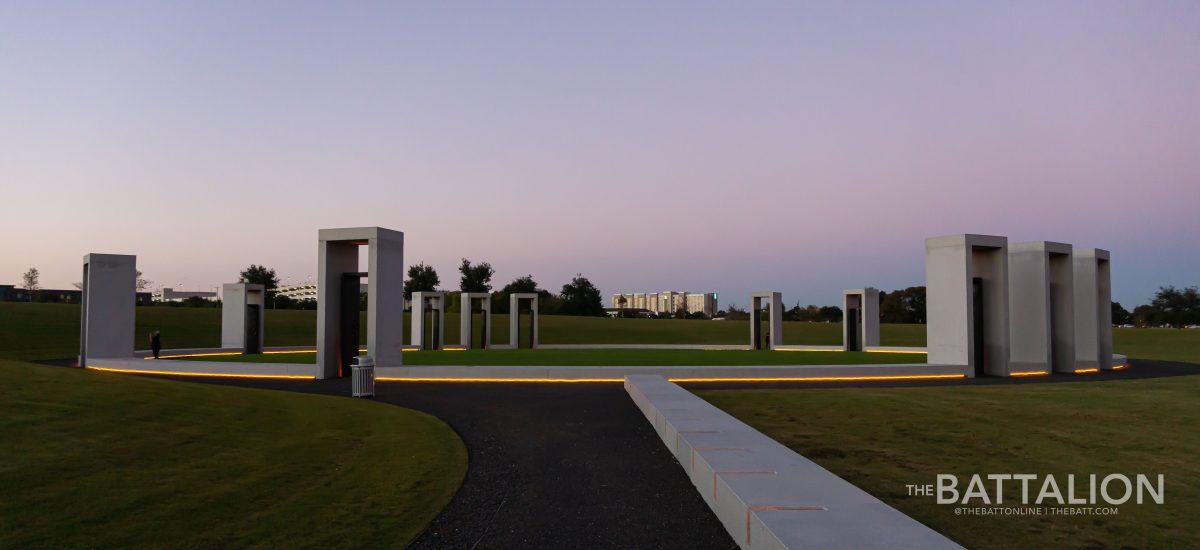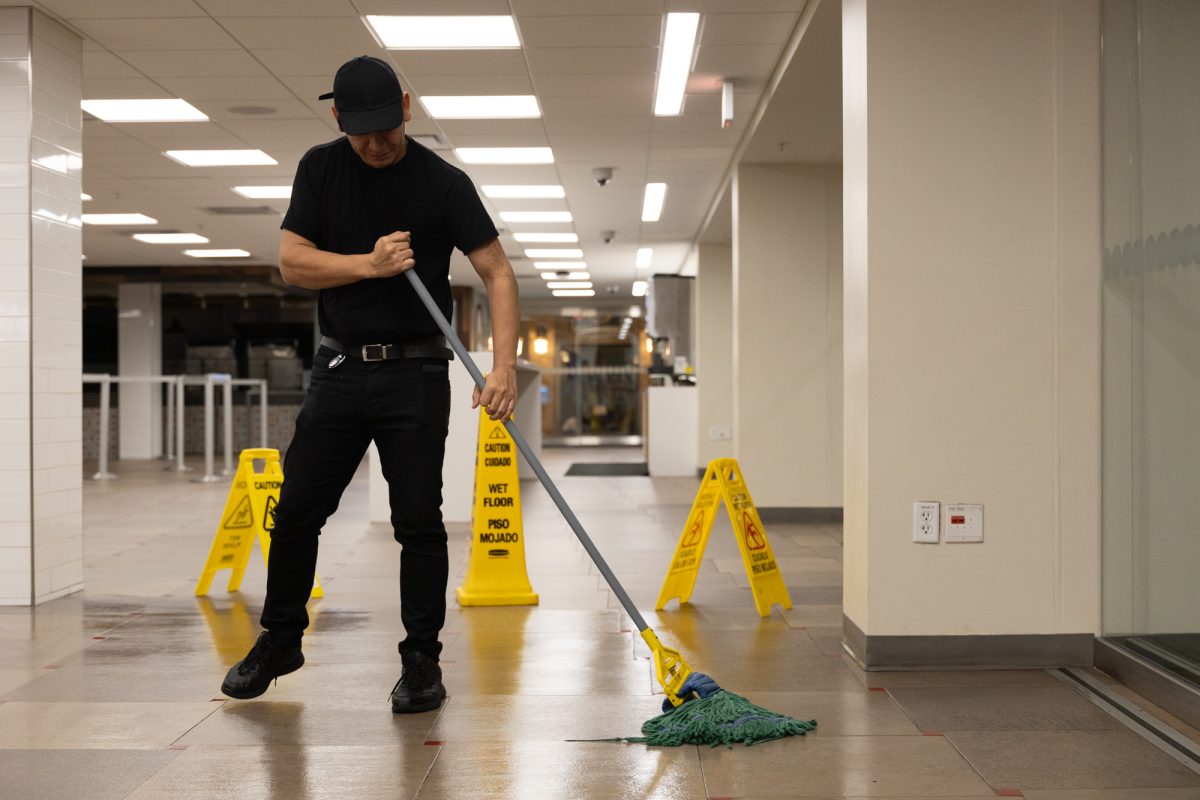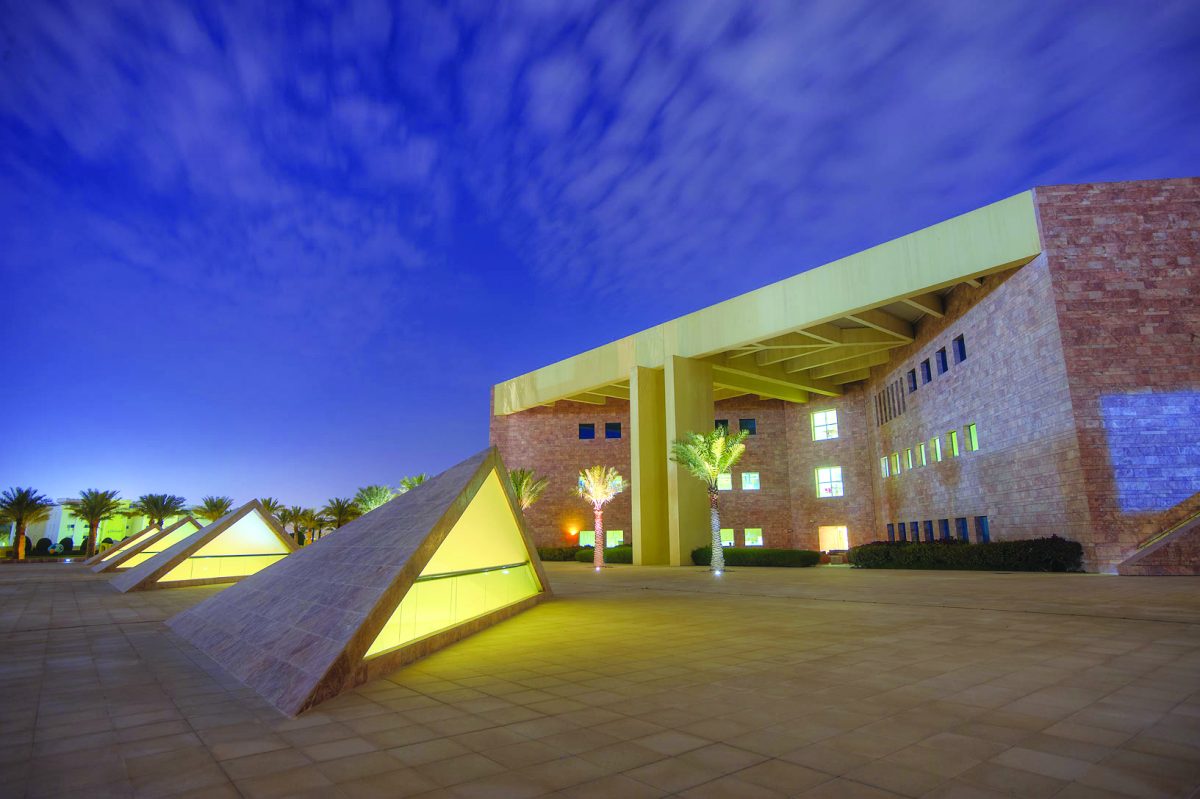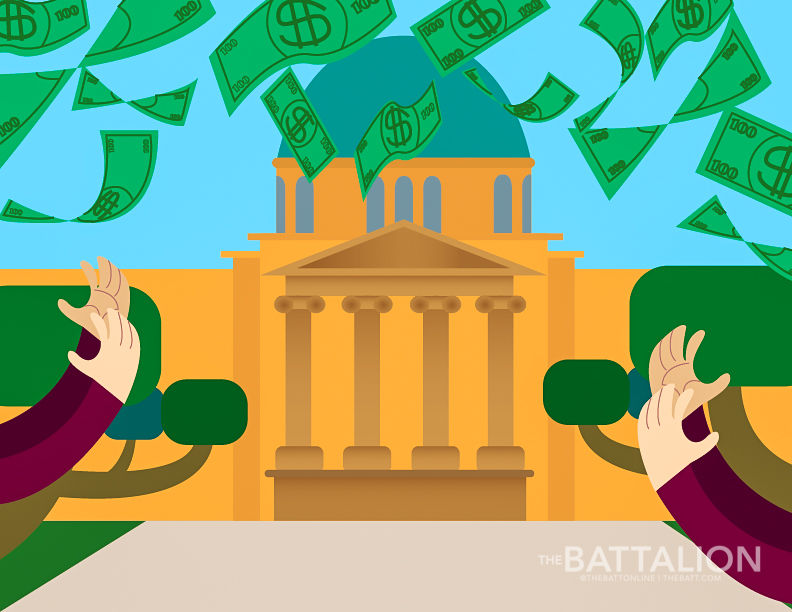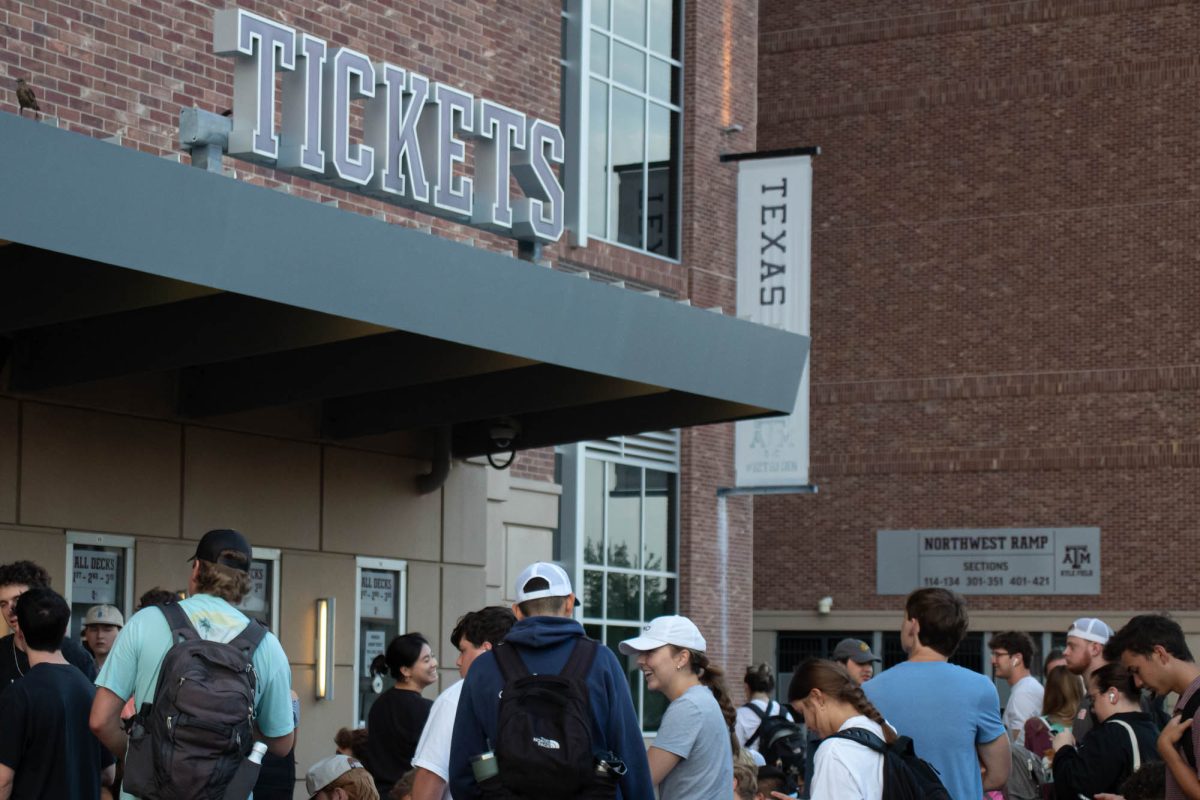The Fightin’ Texas Aggie Bonfire tradition began as a pile of scrap wood in 1907, built by students of the Agriculture and Mechanical College of Texas to celebrate their football team’s success on the field.
The first on-campus Bonfire event was held in 1909 to gather student excitement for a variety of sporting events. However, the tradition eventually became focused on the Aggies’ annual rivalry game against The University of Texas, held near Thanksgiving Day. The burning stack represented the schools’ “burning desire to beat the hell out of t.u.” The tradition attracted 30,000 to 70,000 individuals and soon became an emblem of the Aggie Spirit.
The Bonfire burned annually through 1998, with the exception of President John F. Kennedy’s assassination on Nov. 22, 1963. The tradition saw many changes throughout the years, including a transition from a “teepee” styled structure to a “wedding cake” style, in which upper log stacks were wedged on top of lower ones.
Bonfire was moved from Simpson Drill Field to Duncan Field, near the Corps of Cadets’ dormitories in 1955, where it stayed for 37 years. In 1992, the stack was moved to its final home on the Polo Fields.
Ninety-two years after the initial Bonfire, on Nov. 18, 1999, at 2:42 a.m., the 59-foot stack collapsed — resulting in the death of 12 Texas A&M students and injuring 27 others.
The Bonfire Memorial was dedicated five years later at the exact location of the fallen stack. Within the Memorial, the granite History Walk timeline details the 90-year history of Bonfire leading up to the collapse. The Spirit Ring consists of 12 portals representing the student lives lost and point toward the individuals’ hometowns. Connecting the portals are 27 stones representing students injured in the collapse.
Aggies gather at the Bonfire Memorial annually on Nov. 18 at 2:42 a.m. in remembrance of the lives lost 23 years ago.



